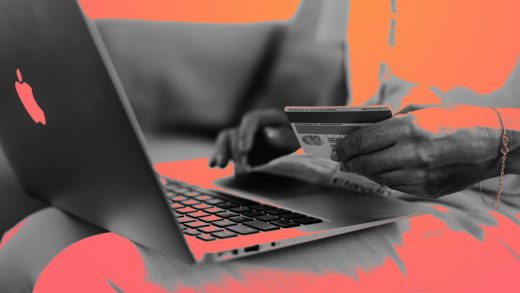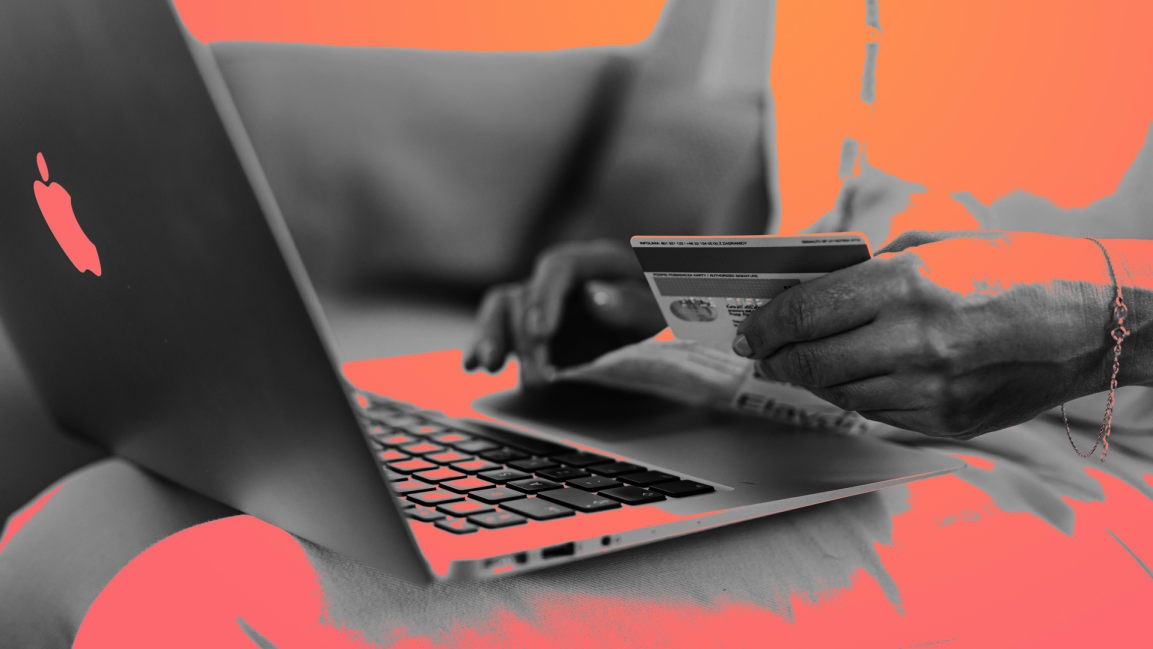Last-minute gift buyers: Add these 4 COVID-era shopping terms to your vocabulary
The COVID-19 pandemic has inspired a plethora of freshly coined words. From maskie to quarantini, 2020 is chock-full of new entries for our collective vocabularies.
Few industries love fresh terms like retail, so as you slog through the final few days of the holiday shopping season, here’s some vocab to make you sound as hip as any shopping analyst.
It’s not surprising that the retail space is rife with new terms. Shopping is one of the oldest and most pervasive human activities.
“Necessity is the mother of invention. That’s what’s happening here,” explains Ashwani Monga, a Rutgers Business School professor of marketing. “For the retail industry, they were under the onslaught of online, but it was happening gradually, not a big flood. What we have is like a 100-year flood, which changes people and generations moving forward.”
He expects the shifts in consumer activity will be permanent, like those after the Great Depression; foot traffic in stores, for example, is not going to skyrocket after the pandemic.
National retail expert Jan Rogers Kniffen agrees. Retailers are always under enormous pressure, as they compete for a chunk of consumers’ spending on food, clothing, toiletries, toys, furniture, entertainment items, etc. Many of the retail changes overhauling the industry now were already budding.
“Every day, we reset the stage and raise the curtain. . . . You don’t have a choice. The customer makes you do new things all the time or they’ll go next door,” he says. “COVID was an accelerant. It’s poured gas on the fire.”
(24)



